Godfrey Hall enters in the party mood
Watched and supported by around a quarter of a million people the carnival in Santa Cruz, the capital of Tenerife is said to be second only to that of Rio de Janeiro. With strong South American connections the islanders have carnival deeply embedded in their souls and a chance to experience this amazing event is not to be missed.
Celebrated as far back as the early 17th century, there are many historical references to carnivals in the Canaries. At one time masks were banned and in the mid-tenth century there were documents indicate that bands were already playing conga type music. However, the first carnival as we know it today appeared in Tenerife around one hundred years ago during the 1920s.
Santa Cruz has a number of carnival clubs that work throughout the year preparing for this event together with a number of bands including several drumming groups. Celebrating carnival in early spring time is very popular in Europe but can still be a bit chilly. However, in the Canary Islands where the weather is pretty good all year round you should be able to throw away your thermals and hopefully enjoy some real sunshine!
One of the must-do events is the carnival queen gala when many of the entrants put on their glad rags and turn to fantasy as they parade along the streets in their costumes of feathers and sequins which can be up to three metres high and weigh in excess of 400 kilograms. The carnival takes place over several days with a parade of floats and different bands moving slowly through the streets. These are usually accompanied by carnival groups known “comparsa” bands which date back to the early 19th century and have South American connections. Also included in the parades are “murga” street musicians who appeared in the 1920’s playing their satirical songs on instruments made of rods and cardboard.
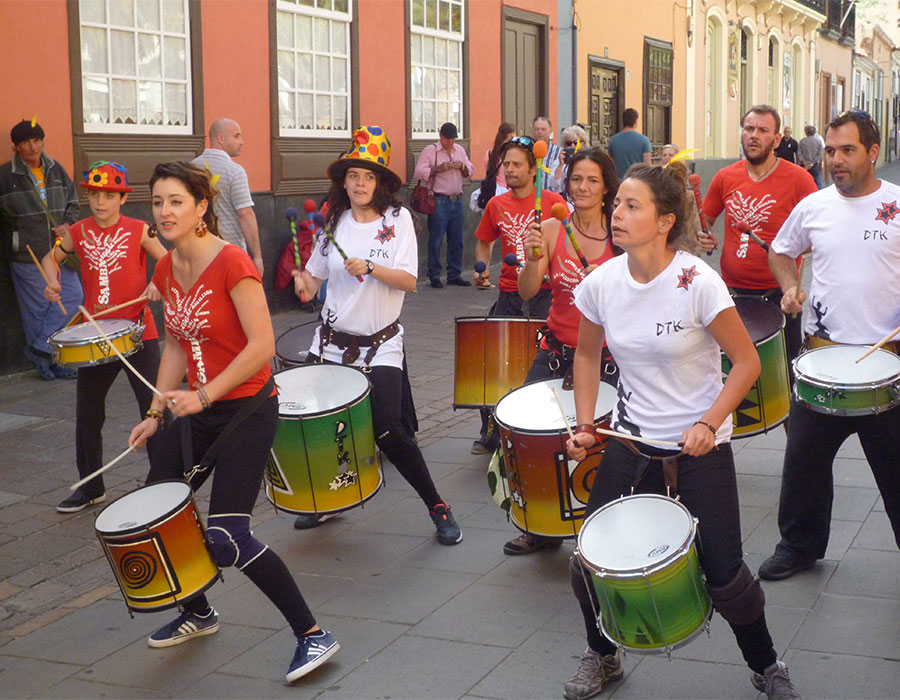
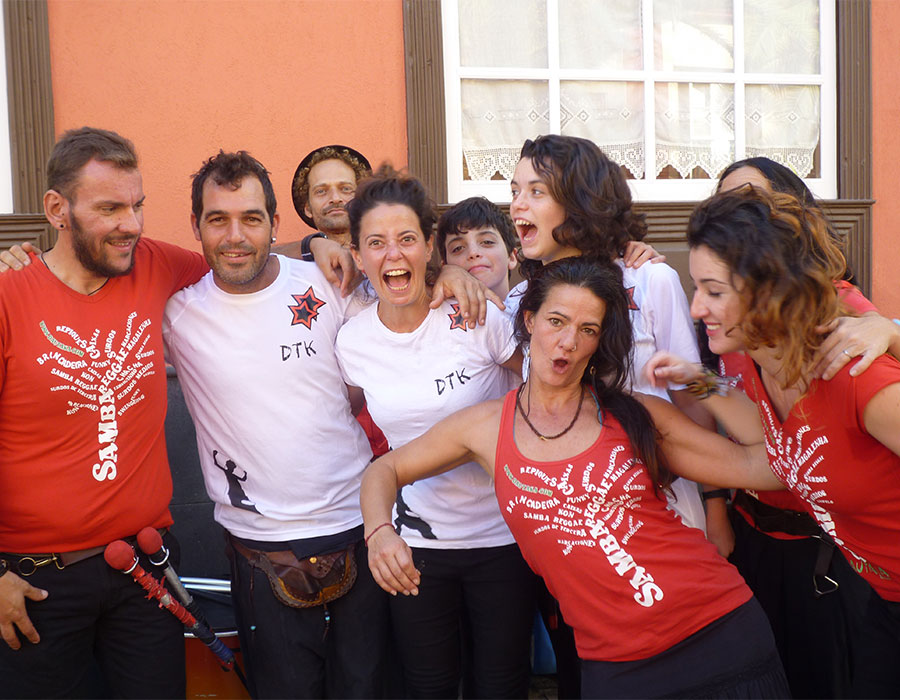
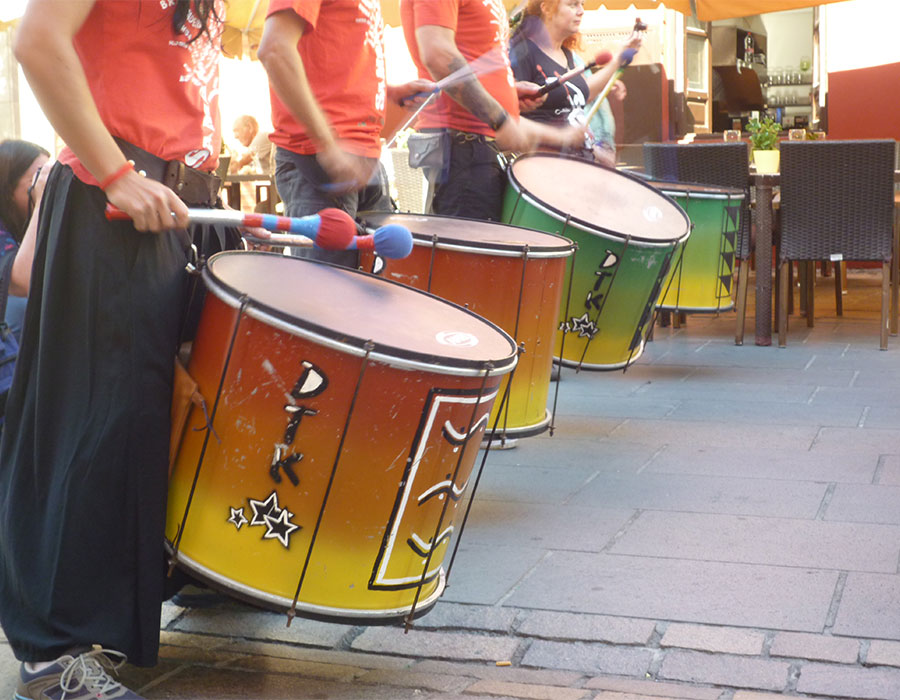
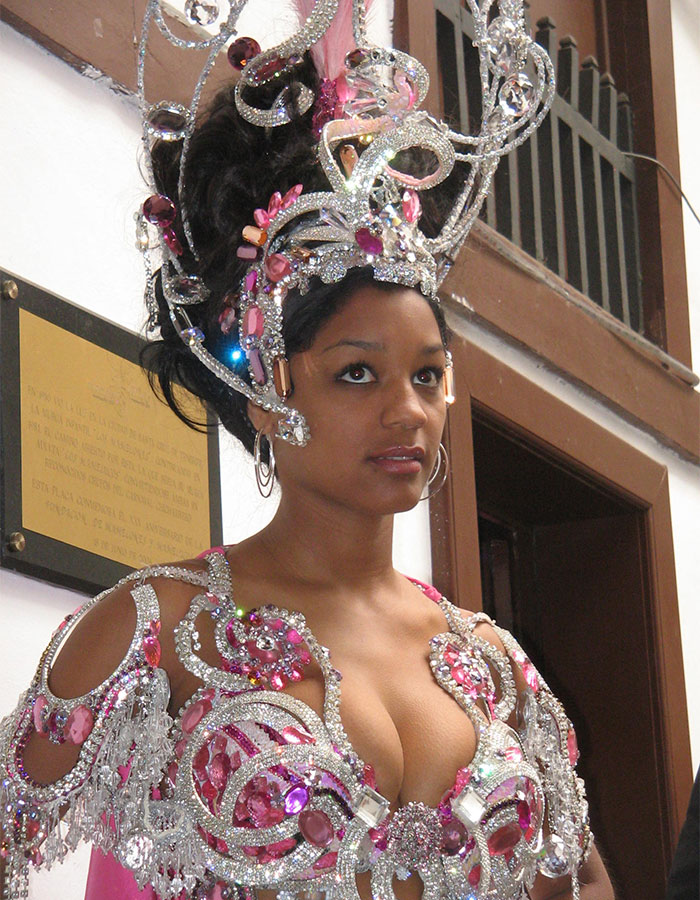
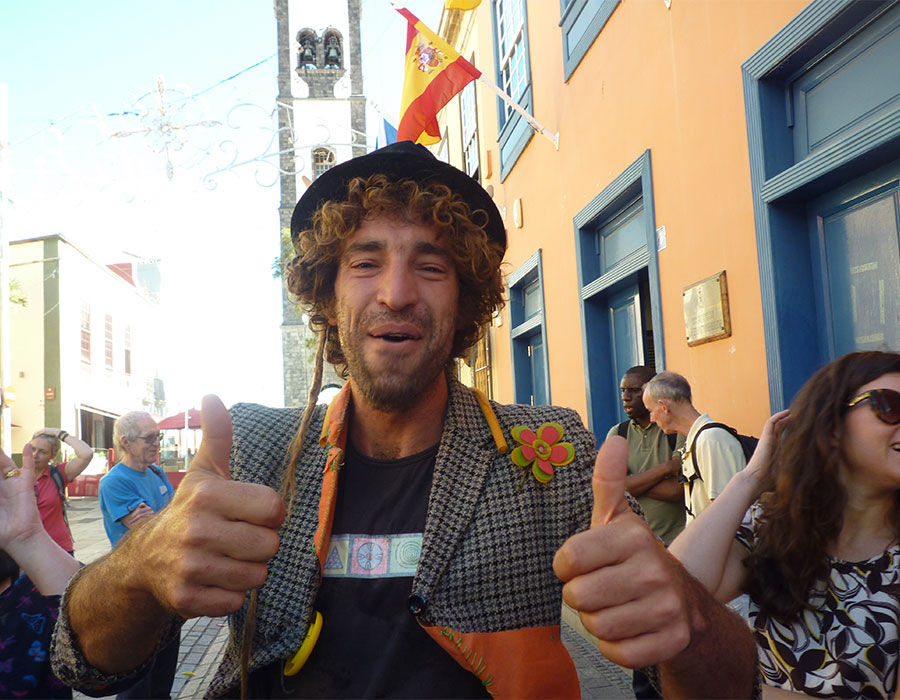
Murga is a type of popular musical theatre which is popular in Uruguay, Panama, Argentina and Badajoz, Spain during the Carnival season. In Argentina it is more centred on dancing and less on vocals than in Uruguay. These groups provide a satirical side to the carnival introducing songs about political events around the world.
The “rondallas” who also take part in events were the first musical group formed in the Santa Cruz Carnivals to concentrate on voice techniques. Featuring professional singers they offer their own renditions of cultural songs accompanied by string instruments.
These lyrical-musical groups play classical songs by a variety of composers, accompanied by special plucked string instruments such as guitars and octavinas, which are stringed instruments often found in Cuba. In no other carnival on Earth does such “cultured” music play such an important part as it does here, with thousands of fans and followers supporting the groups.
At the end of the festivities there is ‘the burial of the sardine’ when a large model of a sardine is carried in a procession through the streets of Santa Cruz which are decorated as though the city is in mourning. The Procession includes wailing widows, and individuals dressed as popes, nuns and bishops. At the end of the procession the sardine is thrown onto a fire and set alight. This officially brings the carnival to a conclusion which then closes with a firework display.
Festivities in Santa Cruz usually start on the Friday before carnival and groups including the rondallas and murgas go on celebrating in the streets long after the parades have finished. Thousands of people wear carnival masks to disguise themselves, a tradition that goes back a long way.
The first of the parades to take to the streets is the Cabalgata Anunciadora an impressive procession which can include the carnival queen, Murgas, dance groups and much more. An amazing event to start off the festivities and get things off with a bang.
I have enjoyed taking part in the run up to these events and visiting the carnival club in Santa Cruz to take part in the rehearsals of several drumming groups who create amazing rhythm and sequences for the actual event.
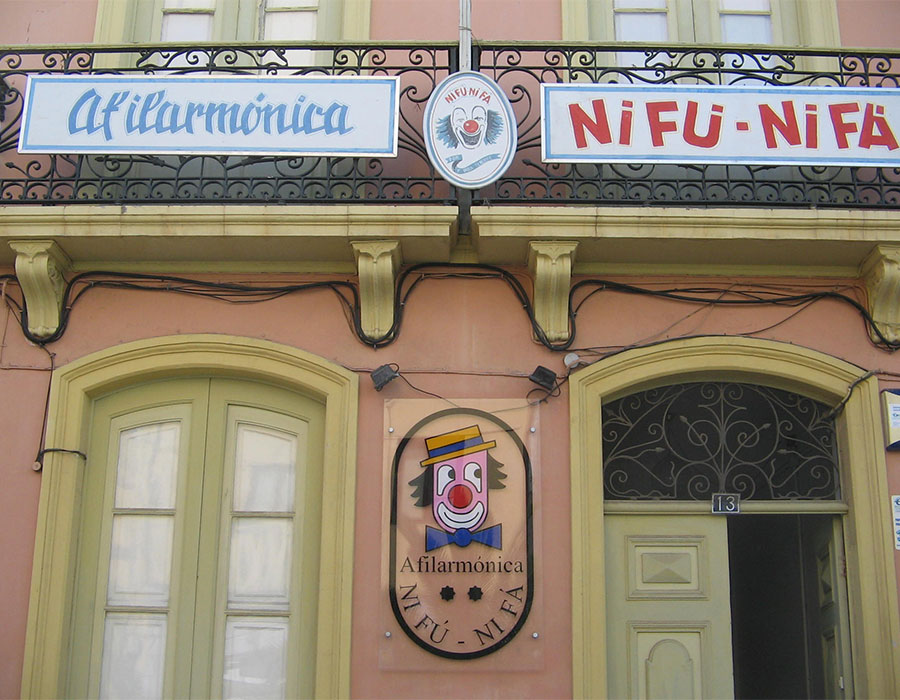
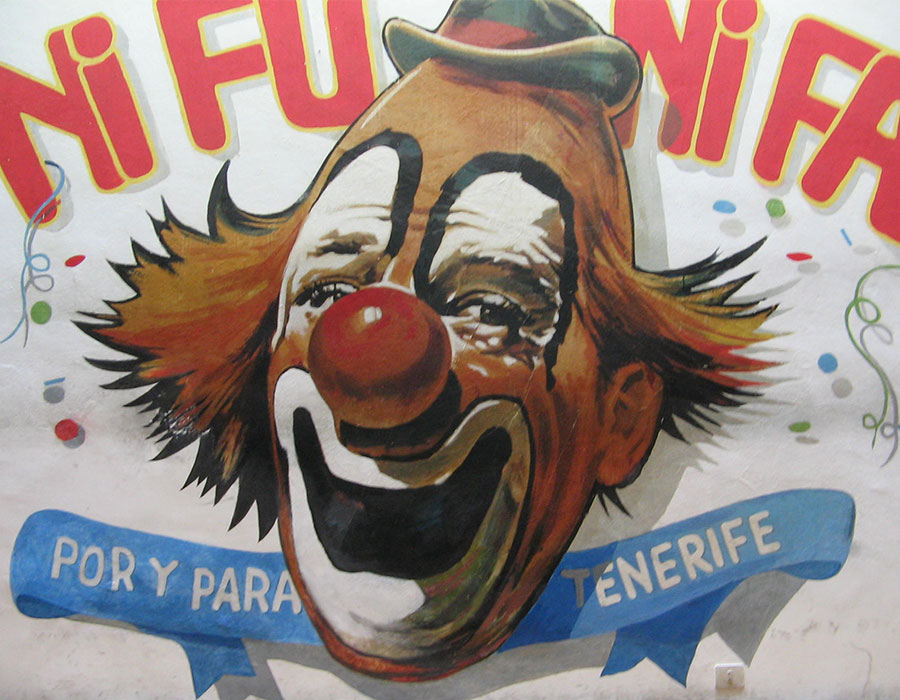
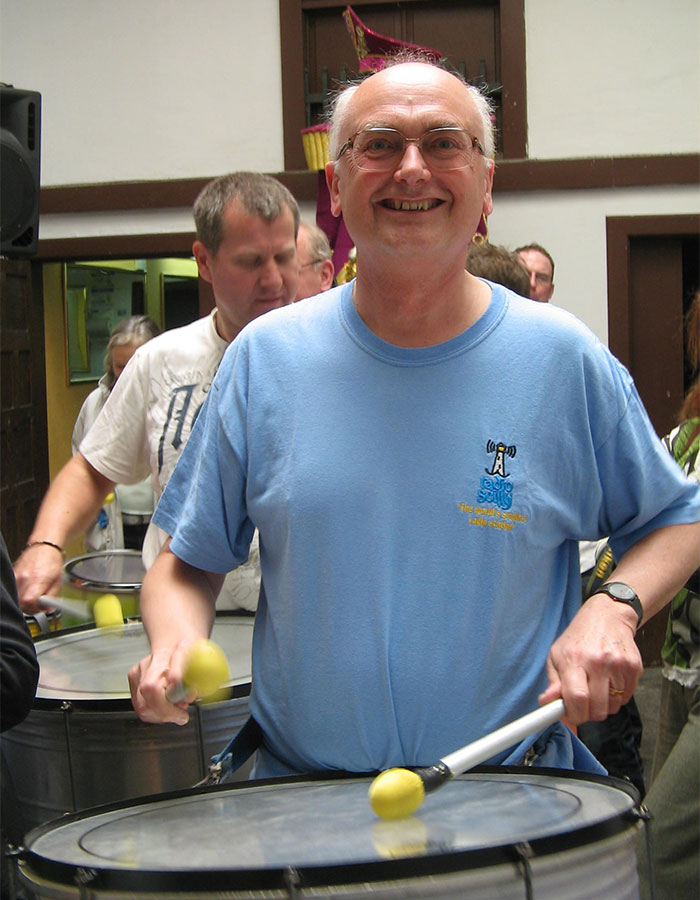
Carnival in Tenerife means a chance to paint your face, get out your party clothes and just dance until you drop.
Probably the best places to see this event is in the capital Santa Cruz or at the resort of Puerto de la Cruz.
This year’s theme is science fiction however due to Covid 19 carnival has been put forward to 3rd -26thJune. If you would like to attend this amazing event a good starting point, is the official Tenerife website: www.visittenerife.es.
Talking to the many artists who take part in the carnival I was impressed by their dedication and the hard work that goes into the amazing costumes and floats.
A trip to the carnival in Tenerife is a mind-blowing experience and one that will be remember long after the event is over. Often known by many for its incredible weather, hotels, apartments and beaches, a visit to the carnival will provide a different look at island life revealing a whole new experience that it exceptionally good fun.
Find out more
Our Silver Travel Advisors can help you plan a trip to Tenerife, call 0800 412 5678.
Visit Classic Collection Holidays or Sovereign Luxury Travel.











